
BlackMagic Design’s HyperDeck Recorders
The BlackMagic Design range of HyperDeck disk recorders are incredibly useful pieces of kit.
Review:/ Paul Collison
I would go as far to say that my HyperDeck is the one piece of gear that I have used on every project I’ve done over the last two years. I’ve used it as a recorder, and as a replay device. I use it constantly in various ways and have only just realised how integrated it has become in my professional life. So we thought it might be fun to review the range and see how they stack up.
If you’re unaware of the BlackMagic Design HyperDeck range, they are basically modern day VHS recorders, albeit slightly more sophisticated and sans RF tuner. The decks take an SDI feed and will automatically sense the flavour of SDI and set the record resolution to suit. It would be great if you could down-convert during the record process, and record an HD signal at an SD resolution, mainly for the purposes of saving space, but it appears that this is not currently possible.
There are three models in the HyperDeck range. The Shuttle, which is the portable model, and the two 1U rack-mountable versions: Studio and Studio Pro. The Shuttle is designed for use primarily in the field with on-the-go camera crews, often where racks of equipment aren’t prevalent. On the Studio and Shuttle model, audio can only be recorded if it is embedded in the SDI feed, the Pro version has an XLR timecode input and also allows you to record from an analogue source, which unfortunately wasn’t the case at the release of the product, but following software updates have now fixed this. It can be frustrating trying to merge audio with your SDI feed using third-party boxes, so if your setup doesn’t allow for embedded audio from the start, the Pro would be the way to go.
REVOLUTION OF RESOLUTION
With 4k (or Ultra HD as many seem to be calling it now) being the newest/coolest thing, it makes sense that the Pro allows for a resolution up to 3840 x 2160. Though 4k might be a long way off (in terms of general usage), it is future-proofing the product to an extent. The jury is still out as to whether paying twice as much as the Studio is worth it. Although having the analogue audio inputs on the Pro does mean you’re covered for almost any situation. The Pro version also allows for analogue component video and 6G-SDI and adds a Thunderbolt connection into the mix.
The front faces of the Studio and Pro models are virtually identical. There are two solid state drive (SSD) slots. Being aware that SSDs aren’t all the same, BlackMagic has a small list of SSDs that are approved to work with its devices. Underperforming SSDs simply stop working and cannot keep up the speed required to handle higher resolution video. The slots are hot swappable and the off-line SSD can be replaced while the other is playing back or recording. This effectively means you can keep recording all day and night and not miss a second. As long as you can afford to keep buying decent SSD drives, you can keep recording. The SSD can be formatted for Apple’s Hierarchical File System (HFS+), the format used in Mac OSX or in exFAT, a modern version of the old FAT32 format which can be read by both OSX (Snow Leopard and later) and Windows (Vista SP1 and later).
To the right of the drive slots are the playback and record buttons. The standard Play, Record, Track Change, Fast Forward/Rewind buttons are there. The glaring omission for me though, is the absence of a Pause button. Stop seems to work as Pause would, but in general AV usage, Stop would also take you back to the head of the track. So it seems odd to me there is no Pause button. I’m guessing this is a throwback to the tape machine days, where Stop literally meant stopping the tape transport, but in this digital age, the difference between stop and pause is quite obvious.
The small LCD monitor to the right of the buttons is a genius feature. The user can monitor incoming and outgoing signal easily. The VU meters are clear enough to indicate if you’re receiving audio and the timer lets you know how long you’ve been recording or playing back for. The jog wheel on the far right allows for scrubbing through your clips and finding the right point. Again, genius; as it transforms the Studio and Pro models in to an acceptable replay device.
MORE INFO
PRICE
RRP inc GST
HyperDeck Shuttle: $385
HyperDeck Studio: $1,085
HyperDeck Studio Pro: $2,175
CONTACT
New Magic Australia: (03) 9722 9700 or [email protected]

OUT THE BACK
All the signal connections are at the rear of the unit. All versions have an HDMI input. The Pro has an built-in power supply with an IEC connection for power. Why in this day and age we are still using this type of connector in a professional environment I have no idea. Powercon would be more suitable for a professional unit like this. The Studio and Shuttle versions have external power supplies. All SDI connections are BNC as you would imagine, plus there is an RJ45 for TCP control of the devices. This opens up a cool world of control from external applications such as Pandoras Box Widget Designer. Ultimately this means that you could record and playback from your own custom interface on a remote touchscreen, from an iPad app, or even from a lighting console.

SO WHAT’S IT FOR?
What does a lighting designer need one of these for? I use my Studio version on broadcasts all the time. I record the often-limited rehearsals and then play them back later to help me tidy up programming – usually when everyone else is off at catering. This might not sound like a big deal, but it means a lot when I can go back in my own time and see exactly what we did in a rehearsal, and improve my end product. Ultimately this means I’m doing a better job.
Being a lighting designer these days often means being heavily integrated into the video world, so playing back video to a screen surface is not uncommon. In the Channel 9 London Olympic studios in 2012, we ran a HyperDeck Studio alongside the plethora of broadcast EVS machines. The HyperDeck would record incoming feeds. I could then easily drop the SSD in a drive bay to edit said footage and transfer in to the media replay system. We also used the HyperDeck to free up EVS machines for playback of packages or still images in to the screens.
Hillsong Church in Sydney has a mobile rack of four HyperDeck Studios. The rack is used to iso record (record an isolated feed) all cameras on various external events and DVD recording sessions as a means of backing up those precious pictures and allowing editors to go back and fix shots and update the edit. In the new Doody Street campus in Alexandria, a further four are used to iso record events for future editing.
In other words, whatever your place in the AV industry, there is a way that one of the HyperDeck family can improve your workflow and results. Admittedly, HyperDeck might not look like a life-changer but it has proven to be a real workhorse, and is undoubtedly priced attractively to be in reach of anyone with a need for such a device.

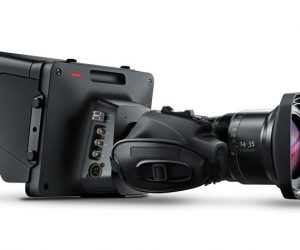
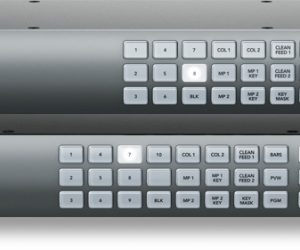
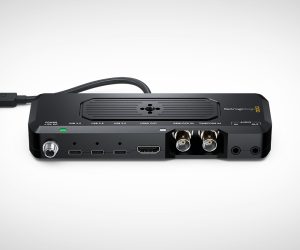
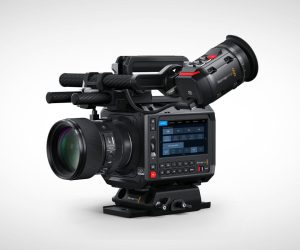
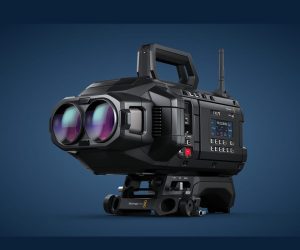
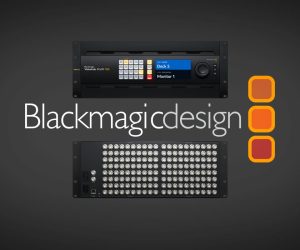
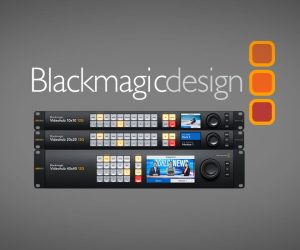
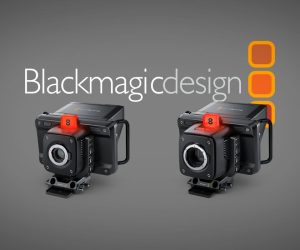
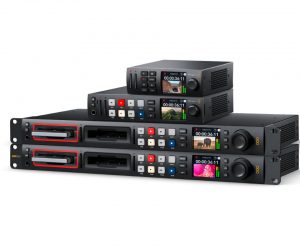
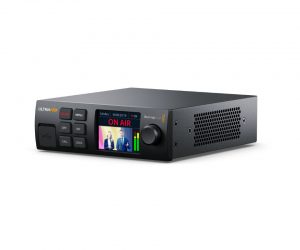
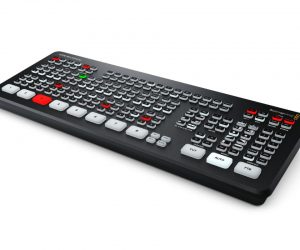



RESPONSES